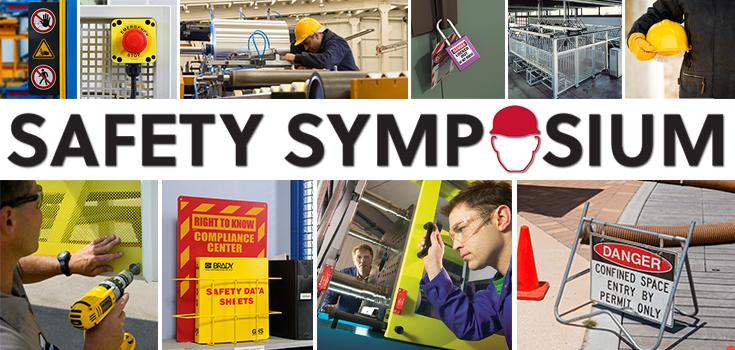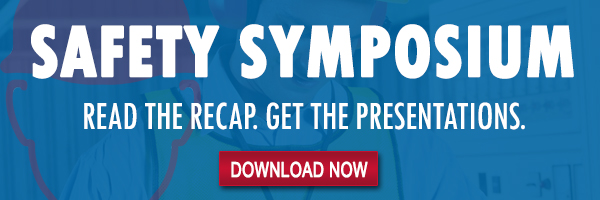
Q: Under the minor servicing exception, when is it okay to not lockout a machine?
A: When performing routine operations on production equipment, plant floor personnel often find shutting down a machine to be a laborious, time-consuming task, especially when the task is necessary to normal operation. OSHA defined the minor servicing exception to address situations in which lockout/tagout may not be necessary. There are some tasks which may either constitute “servicing and/or maintenance” or “normal production operation” activities depending upon the specific circumstances of the work tasks. The purpose or function of the activity determines which standard applies. In 29CFR1910.147(a)(2)(ii), OSHA defines the minor servicing exception:
Minor tool changes and adjustments, and other minor servicing activities which take place during normal production operations, not covered by this standard if they are routine, repetitive and integral to the use of the equipment for production, provided that the work is performed using alternative measures which provide effective protection (See Subpart O of this part).
Possible applications of the exceptions may include unjamming, adjustments, lubrication, and minor tool changes, but each instance needs to be evaluated on a case-by-case basis. The burden of proof for use of the minor servicing exception lies on the employer. There are three key things to think about to apply the exception: routine, repetitive, and integral to production.
Routine
- What is the task?
- Is this a regular task to be performed on the machine/equipment?
- What does the task consist of?
- Who performs the task? Operator? Set up? Maintenance?
- Is the task considered “minor”?
Repetitive
- How often does this task have to be performed? In a shift, in a day, or week?
- What part of the production process do you perform this task? Beginning? During? End?Anytime?
- Did you receive specific training to perform this task?
Integral to Production
- Why is this task required to be performed? What does the task do to sustain the machine operating within its nominal performance range and output quality?
- What safeguards and personal protection are in place to protect you while performing this task?
- Are you required to check the safeguard(s) before performing the task?
Additional Considerations
- Has anyone told you that you have to lock out the machine before performing the task?
- What type of lockout training have you received? Were you issued a lock or have access to a lock?
- Does the company/manufacturer have instructions for completing this task? Have you read them? Do you understand them?
When properly applied and maintained, the minor servicing exception can provide time and safety to the operator with manufacturing product. Use a team approach to do a hazard assessment, risk assessment, and determination of safeguarding method, and document your findings to ensure compliance. For more information, download James Lopez’s Control of Hazard Energy Presentation and visit OSHA’s Lockout/Tagout tool.













